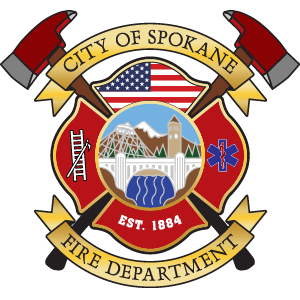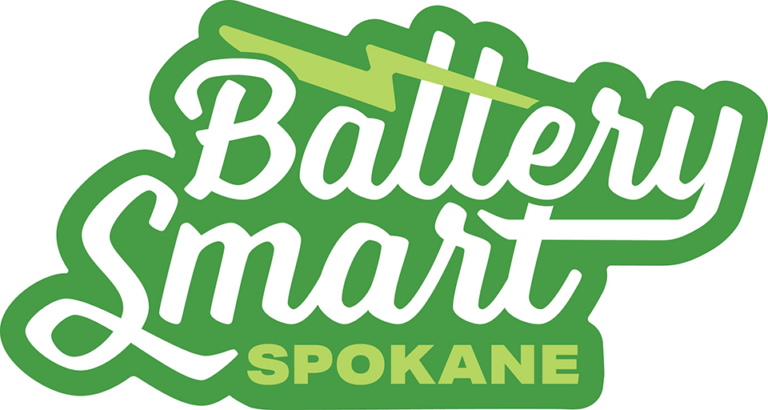
Lithium-ion (Li-ion) batteries are in widespread use in consumer electronics, but without proper storage and disposal can be a danger to our groundwater, aquifer and river system.
These batteries are generally safe and unlikely to fail, but only so long as there are no defects, and the batteries are not damaged or mistreated. Despite their many advantages, lithium-ion batteries have the potential to overheat, catch fire, and cause explosions.
Fires involving lithium-ion battery-powered devices have been increasing at an alarming rate and have resulted in numerous injuries and fatalities. When people store and charge their devices inside their homes, garages, or businesses, there is the potential for battery fires that lead to structure and vehicle fires.

 BEING BATTERY SMART IS THE RIGHT MOVE – FOR EVERYONE
BEING BATTERY SMART IS THE RIGHT MOVE – FOR EVERYONE

Reduce Fire
Hazards
Lithium-ion batteries can catch fire or explode if damaged or improperly thrown away. Recycling helps ensure they’re handled safely and reduces the risk of fires and protects workers in collection trucks, transfer stations, the Waste to Energy facility, and landfills. Lithium-ion battery fires take longer to extinguish, are more toxic, while using more water and resources.
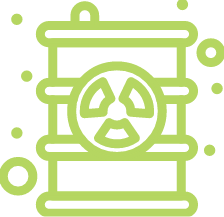
Prevent Environmental Contamination
All batteries are considered Household Hazardous Waste. Batteries contain heavy metals and toxic chemicals that can leak into soil, groundwater, and waterways, if not disposed of properly. Protecting the Spokane River, our drinking water source, the Spokane Valley-Rathdrum Prairie Aquifer, wildlife, and natural habitats is important!

Conserve Natural Resources
Batteries are made from valuable materials like nickel, cobalt, and lithium. Recycling allows these to be recovered and reused, reducing the need for mining and preserving finite resources.
BE PREPARED FOR DROP OFF
Locate and remove batteries from devices if possible. Some lithium-ion batteries are integrated into the device. If so, the device should be disposed the same way as a lithium-ion battery.
Types Accepted
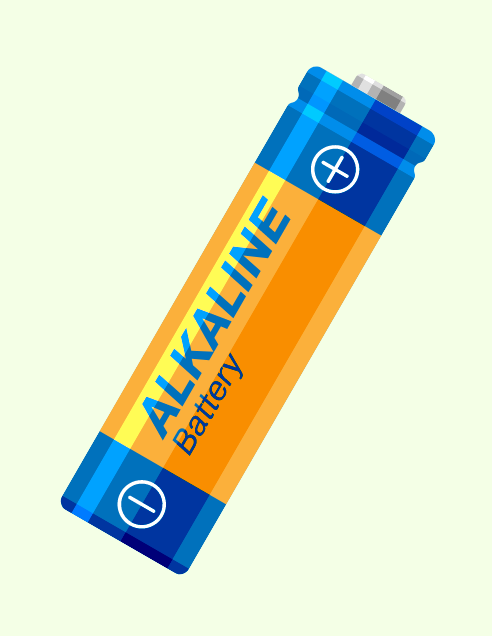
Alkaline Batteries
(e.g., AA, AAA, C, D)
Common Uses: Remote controls, flashlights, toys
Key Traits: Non-rechargeable, widely used
Why Recycle: Older models may contain small amounts of mercury; newer ones still have metals like zinc and manganese that can be reclaimed.
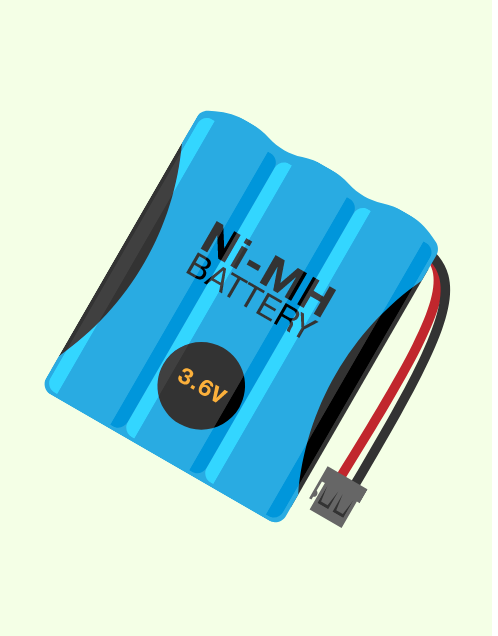
Nickel-Cadmium (Ni-Cd) &
Nickel-Metal Hydride (NiMH) Batteries
Common Uses: Older rechargeable devices, cordless phones, some cameras
Key Traits: Rechargeable; Ni-Cd contains toxic cadmium
Why Recycle: Prevent toxic cadmium from polluting the environment and recover useful metals.
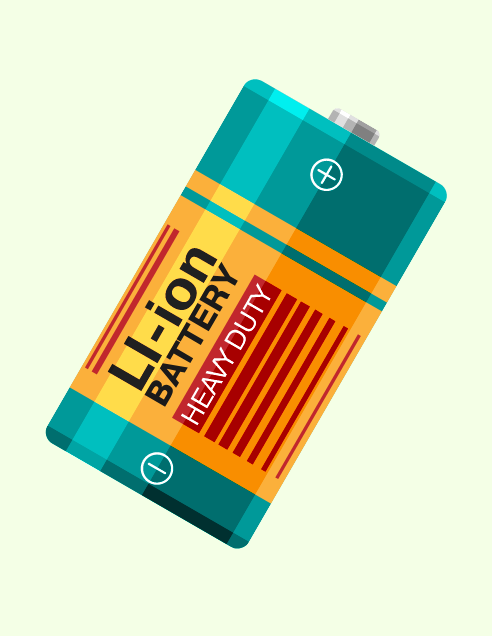
Lithium-Ion Batteries
(Li-ion)
Common Uses: Phones, laptops, power tools, e-bikes
Key Traits: Rechargeable, high energy density, flammable if damaged
Why Recycle: Can cause fires if tossed in trash. They contain valuable metals like lithium, cobalt, and nickel — critical for making new batteries.
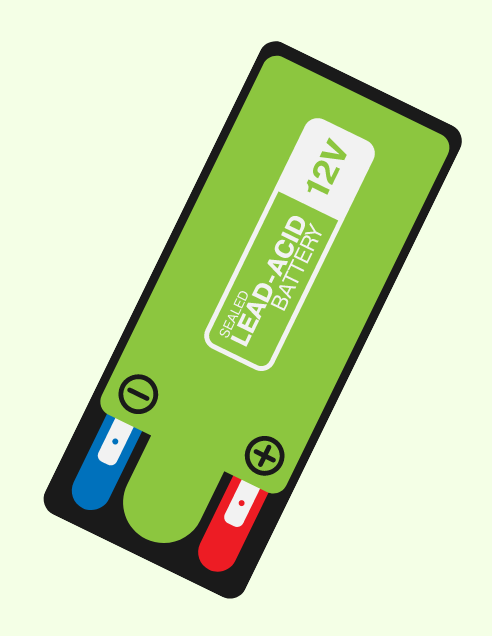
Lead-Acid
Batteries
Common Uses: Cars, motorcycles
Key Traits: Heavy, rechargeable, long-standing battery type
Why Recycle: Contain lead and sulfuric acid, both hazardous. Lead is highly recyclable and valuable.
Sponsors




